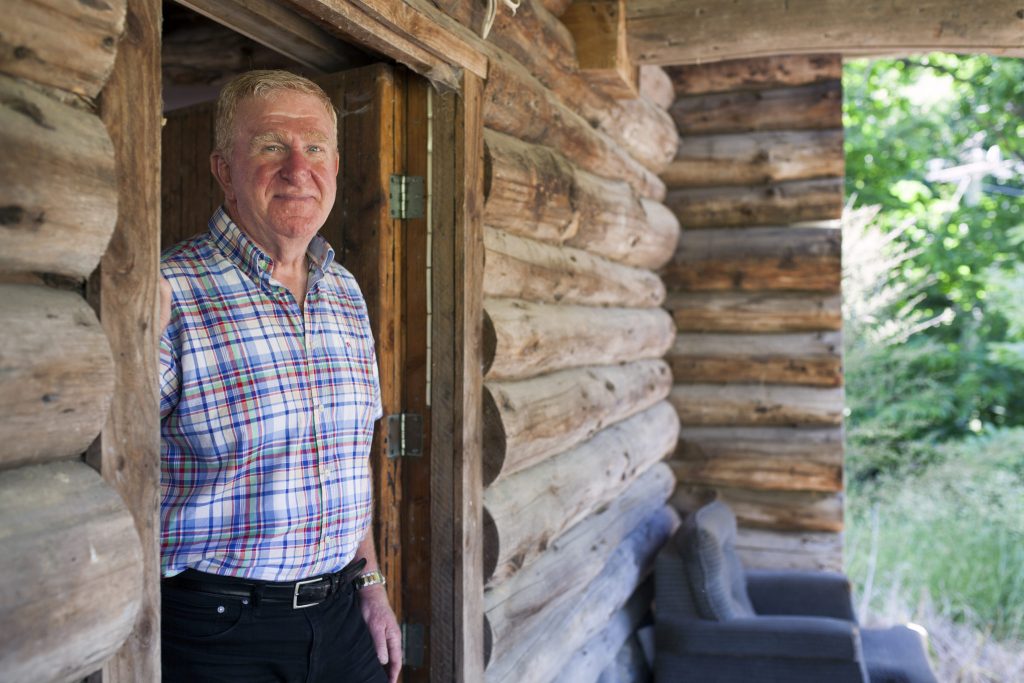
The Astronomical Society: Equinox Lecture Series



Monday 21 September 2020 at 6:00 pm

EIT, Gloucester Street, Taradale, Lecture Theatre 1 (Broadcast on Screen)
Sting – the large Elvish dagger from The Hobbit and The Lord of the Rings – was wielded by both Bilbo and Frodo, and glowed blue whenever orcs were nearby. Nth Metal from DC Comics, is a hyper-conductive metal that has the ability to negate gravity, allowing a person to carry objects 20-70 times heavier than normal and to fly. From what we know of the periodic table and the world around us, could they exist in real life?
Join us for ‘Materials Fact or Fiction’, where MacDiarmid researchers delve into the periodic table to give us their scientific take on whether these could be reality in a not too far off future.
In order to accommodate any further changes in alert levels due to COVID, this year’s showcase will be in a digital format, with the option to either attend in person at EIT should that be possible and your preference, or to dial in from your own device. Please register here if you wish to dial in and we will send you the appropriate link to do so.
Dr Mike Price: MacDiarmid Institute Postdoctoral fellow in Physics, Victoria University of Wellington and
Dr Penny Brothers: Director of the Research School of Chemistry, Australian National
University and MacDiarmid Principal Investigator.
Joined by Otago Museum science communicator Dr Claire Concannon as MC. There’ll be two talks, a three minute animated video on the ‘science of lightsabers’, and time for Q&A.
Thursday 27 August 2020 at 6:00pm

Planetarium, Napier Boys’ High School, Chambers St, Napier
Professor Rod Downey
There are those who would argue that these two activities are some of the pinnacles of human achievement. I work in mathematics and specifically algorithmics and the theory of computation. I am a teacher and deviser of Scottish country dances. I will try to explain how the cognitive processes in my kind of mathematics and dancing resemble one another. Whilst doing so, I hope to give insight into a small part of modern mathematics which I know something about and an interesting and fun dance form. I will illustrate with some videos and diagrams.
When interviewed by Radio New Zealand, I know that people found the combinations of mathematics, Scottish Dancing and surfing a strange mix, but at least the first two are completely natural.
The talk is meant for a general audience, and you won’t be forced to bring your dance shoes.
Professor Rod Downey came to New Zealand in 1986. He has worked at Victoria University of Wellington ever since. He works in several areas: mathematical logic, computability theory (the theory of computation), algebra, combinatorics and analysis. In the early 1990’s with Mike Fellows he co-invented Parameterized Complexity, which is a major branch of theoretical computer science; an area which uses “parameters” to understand running times or algorithms. As his Wikipedia page shows, he has won numerous awards, including two Shoenfield Prizes, and culminating in a Humboldt Prize and the 2018 RSNZ Rutherford Medal. He is currently developing a theoretical framework for Online Algorithms, which are the kinds of algorithms we deal with when we can’t see all the input. For example, each time you click on some website, in the background there is an online algorithm trying to target you to buy things.
Wednesday 5 August 2020 at 6:00pm

EIT Taradale, Lecture Theatre 1
Dr. Mazin Bahho, Senior Lecturer, EIT
This presentation is about a research project that discusses the process of retrofitting an existing structure to become an exhibit as a sustainable building and a facility that inspires responsible environmental behaviour in the community. It involves a disused log cabin at the Eastern Institute of Technology (EIT), Napier, which was previously used as a staff office space for the Arts Programme and an artist-in-residence living space. The building is also located on a site that has strong historic, cultural, and spiritual associations with local Māori. Today, the previously abandoned cabin is an eco-friendly, sustainable building with insulation, double-glazed windows, solar panels, water storage and a wastewater treatment system.
Mazin’s research discusses how to create a brief for this specific building, given the wide, and sometimes conflicting, body of knowledge about how a sustainable building should be. During this process, he used qualitative and interpretive research strategies. Then the project was offered to a group of Second Year Design students at EIT as part of the Design Studio course. This involved setting design criteria for an exemplary sustainable building. The presentation also discusses how the eventually selected sustainability criteria were adopted.
Dr. Mazin Bahho completed his M Sc Degree in Architecture from the University of Baghdad in 1987, also with distinction, specialising in Modular Design. Before immigrating to New Zealand in 1995, he worked as an architect in Iraq, Jordan, and the UK in fields of architectural design practice, observation, planning, site residency, shop-drawings, documentation, and supervision of a wide range of projects: residential, commercial, cultural, and educational. He established his own architectural practice in Baghdad from 1991 – 1994. Mazin was involved in a number of architectural competitions and achieved success and honourable awards.
Mazin moved onto complete his Ph.D. with the Victoria University of Wellington. Mazin was the Programme Coordinator for EIT’s Visual Arts and Design Programme from 2009 – 2011. He is passionate about investigating the qualities of living spaces to visualise and construct design solutions and the issues of human habitation with a focus on ecology and culture. His investigations aim is to provide a workable model that can potentially influence attitudes to spatial design within the community.